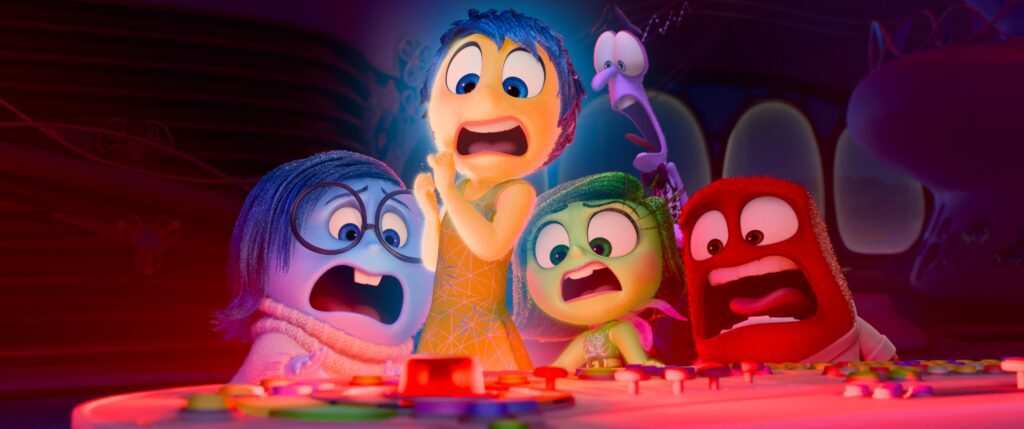Disney’s highly anticipated movie “Inside Out 2” resonates deeply among a wide range of audiences. The children’s movie personifies complex emotions in a relatable way. While it centers around a teenager, the movie offers profound insights into understanding and managing emotions. By doing so, it becomes an invaluable resource for adults.
What Can You Learn from “Inside Out 2”?

One of the movie’s strengths is how it externalizes emotions.
“Inside Out 2 gives emotions, like anxiety, a face and personality, helping us see that our feelings are parts of us but don’t define us,” said Cheryl Groskopf, a therapist. “The brain’s amygdala, which processes fear and anxiety, is easier to understand when we visualize these emotions as characters trying to keep us safe.”
This visualization can help adults recognize and separate their emotions from their identity. This allows for a healthier relationship with their feelings. The film also uses an Internal Family Systems perspective to depict the mind’s complexity.
“The movie shows how our minds are made up of different ‘parts,’ just like the characters in the film,” Groskopf told 21Ninety, “Each character represents a part of us, like Joy or Sadness, and this helps us understand and balance our emotions better. It’s like having an internal team, and learning to communicate with each part can help us feel more emotionally balanced.”
By acknowledging these internal parts, adults can learn to harmonize their emotions and improve emotional regulation.
The Role of Anxiety

Understanding anxiety is another critical lesson from “Inside Out 2.”
“The movie shows anxiety as a natural, protective emotion that alerts us to potential dangers,” she said. “Anxiety triggers the body’s fight-or-flight response, and learning strategies like deep breathing or mindfulness can help calm our nervous system and manage anxiety more effectively.”
This portrayal normalizes anxiety and provides practical tools for managing it. It emphasizes that it’s a protective mechanism rather than a flaw.
Emotional validation is also a key theme in the movie, which Groskopf stresses as essential.
“The movie highlights the importance of validating our emotions,” Groskopf said. “Acknowledging anxiety and fear helps us work through them instead of suppressing them, which often makes things worse. Validating emotions activates the brain’s prefrontal cortex, helping us process and regulate feelings, reducing the intensity of negative emotions.”
This approach encourages adults to embrace their feelings, leading to better emotional health and resilience.
